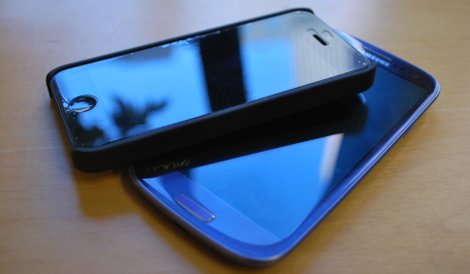The amount of people who know what a data center is has increased substantially since Greenpeace started its Cool IT campaign back in 2009, due in no small part to the environmentalist organization's reports on data center energy-procurement practices by top technology companies.
The charge has been that since the Cloud is growing so quickly, the IT industry needs to be careful to attach data centers, which are at the core of the cloud infrastructure, to sources of renewable energy.
A report recently published by an organization within the University of Melbourne, in Australia, brings up the fact that while it is important to focus on minimizing the impact of data centers on the environment, they are only part of the cloud ecosystem. Not only are they just a part of it, they are not the biggest energy consumer within that ecosystem.
“Previous analysis and industry focus has missed the point: access networks, not data centers, are the biggest threat to the sustainability of cloud services,” the report, titled The Power of Wireless Cloud (.pdf), reads. It was authored by the Center for Energy-Efficient Communications (CEEC).
These other factors are important to take into consideration since cloud services are increasingly being accessed wirelessly, using laptops and mobile devices. Wireless-access networks account for 90% of total energy consumption of the “wireless cloud”, the report concludes, while data centers consume only 9%.
The CEEC, a two-year-old institution, is a joint effort between Alcatel-Lucent Australia, Bell Labs, the University of Melbourne and the government of the Australian State of Victoria.
Its stated purpose is to conduct research of green telecommunications. As Tim Marshall, Alcatel-Lucent Australia's spokesman, described the mission in an article announcing the center's establishment, its founders recognized “the need for a major shift in energy efficiency, as networks become more important to more aspects of our lives.”
The center expects total energy consumption of the wireless cloud to reach between 32 terawatt hours and 43 terawatt hours in 2015. Its model for calculating these figures takes into consideration projected energy consumption by mobile-access networks (4G LTE), local (WiFi home and hotspot), data centers and the metro and core networks that connect all of the above.
The report puts 2012 consumption at slightly more than 9 terrawatt hours.
The biggest chunk of this energy (now and projected into the future) is consumed by the mobile-access networks, followed by local-access equipment. Data centers consume the third-largest amount of energy within this ecosystem, while metro and core networks consume the least, according to the report.
The center has two estimates for how much data will be transferred and processed by what it calls wireless cloud services in 2015. The conservative “low-take-up” projection is that 1.6bn users will create 2.2 exabytes of traffic per month that year, and the more aggressive “high-take-up” estimate is 4.3 exabytes of monthly traffic created by 2bn users.
The report bases user-amount estimates on data by ABI Research and Infonetics and traffic-volume predictions on forecasts by Cisco, Alcatel-Lucent, Nokia Siemens Networks and Ericsson.
Gary Cook, senior policy analyst for the Cool IT campaign at Greenpeace, said the report pointed out a big piece of the equation that had not been thoroughly examined yet. “It's quite useful to have someone take a deeper look at this,” he said.
He added, however, that energy use itself was is not inherently bad. Sources of energy, such as coal power plants, are what impacts the environment.
A data center is a single point of consumption of a tremmendous amount of energy, and it is relatively easy to learn where that amount of energy comes from. It will not be as easy to do this with wireless-access networks, which are so highly distributed, Cook said.

